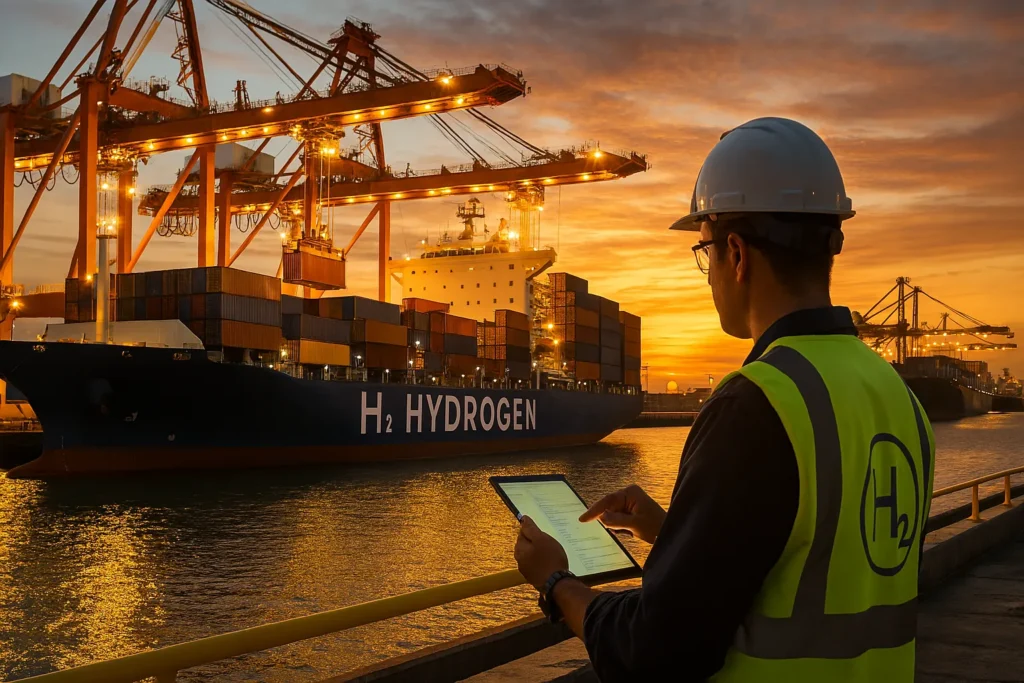
Maritime terminals: management and technology for clean fuels
The transition to clean fuels at maritime terminals depends on both technology and human management.

The transition to clean fuels at maritime terminals depends on both technology and human management.
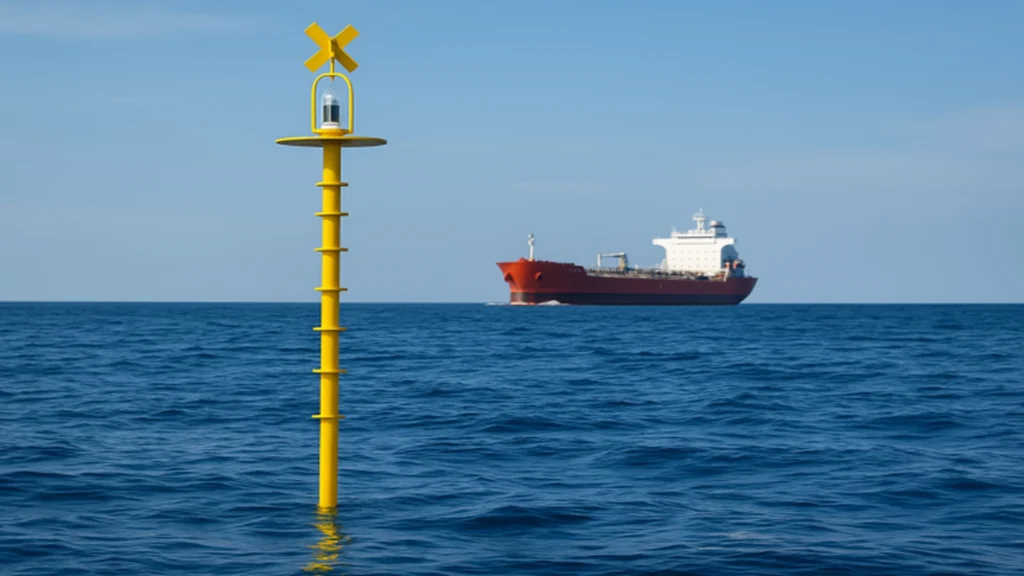
On maritime routes, articulated buoys improve stability, ensure accurate signaling, and reduce maintenance costs, guaranteeing safety in demanding operational environments.
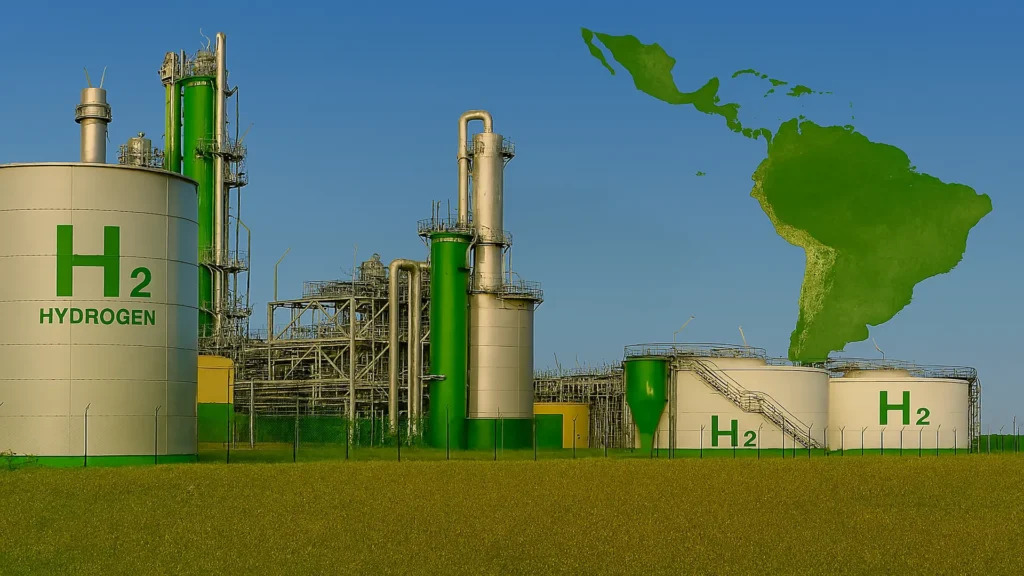
Latin America faces a strategic dilemma: become the epicenter of green hydrogen or give in to structural limitations.
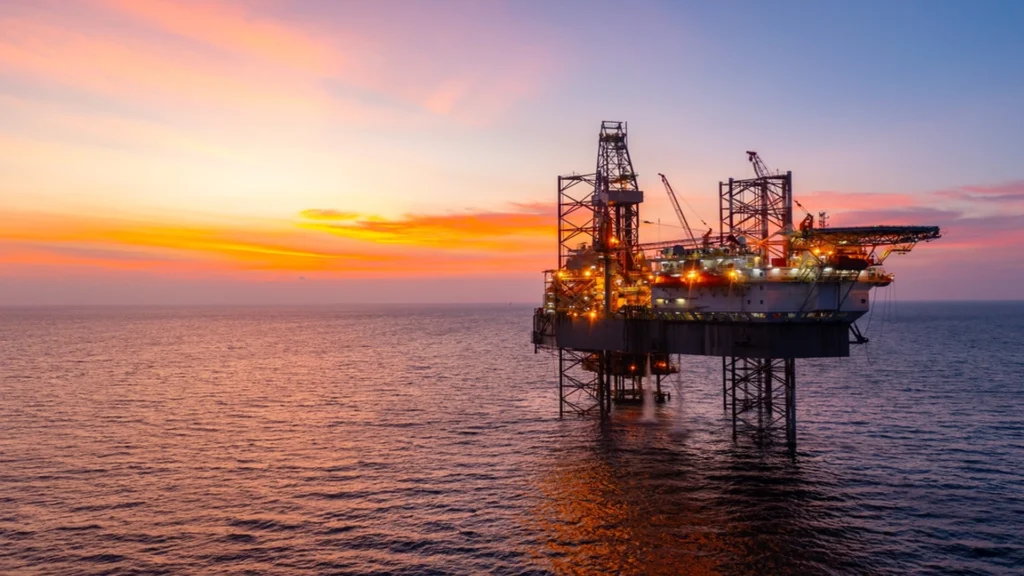
Offshore platforms are structures that, through advanced engineering, enable hydrocarbons to be extracted under certain conditions and sustain the energy supply that fuels the global economy.
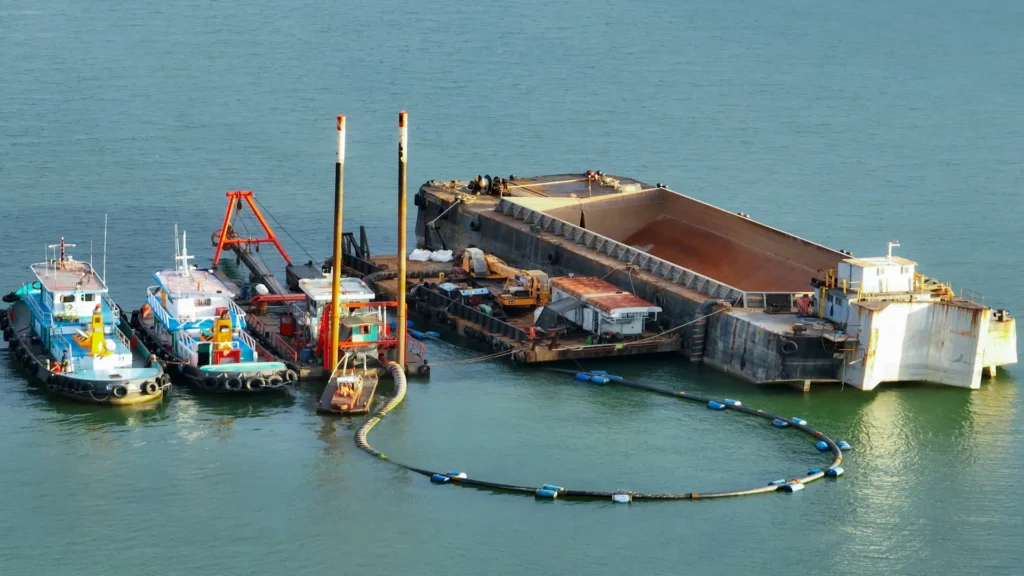
The importance of dredging as a pillar of maritime trade and its impact on the global economy.
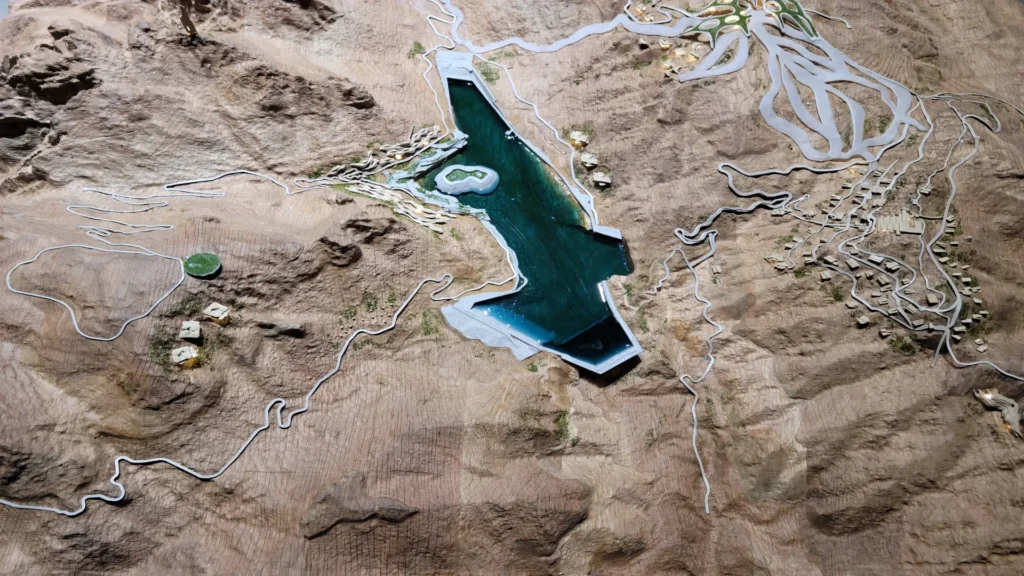
The NEOM project integrates green hydrogen, automation, and urban planning as an energy and urban model for 2045.
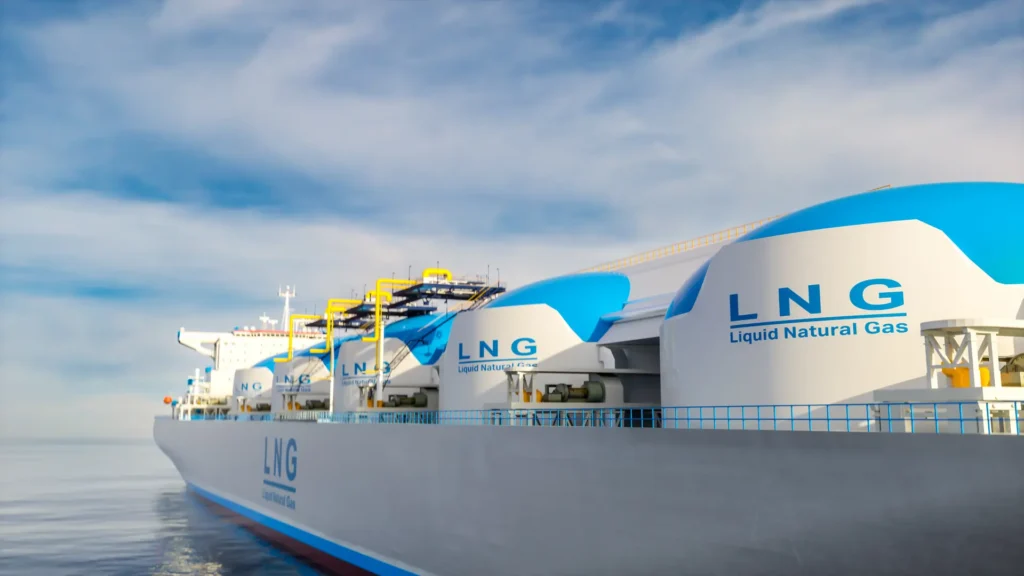
The LNG market in Latin America reflects opportunities and challenges, where energy security collides with economic and operational realities.
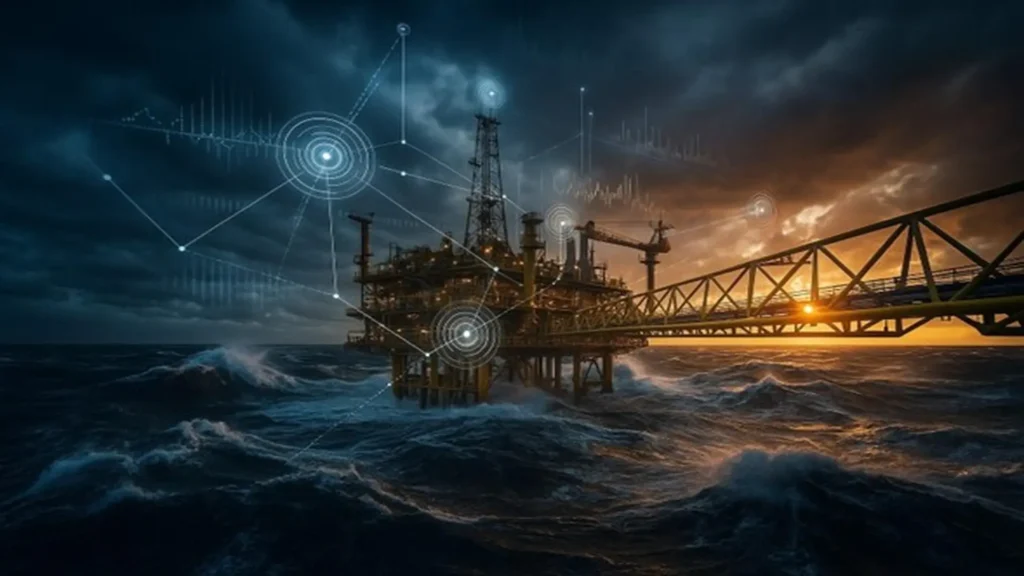
With AI and autonomous systems, intelligent offshore oil platforms maximize their production and integrity, generating better hydrocarbon extraction.
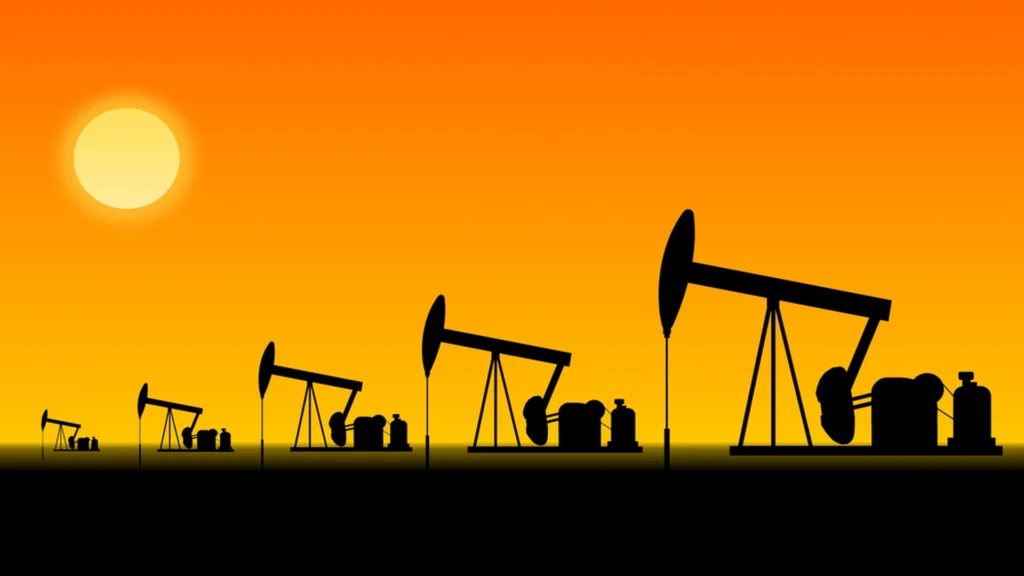
Composed of carbon and hydrogen, hydrocarbons are fundamental to organic chemistry and global energy production.
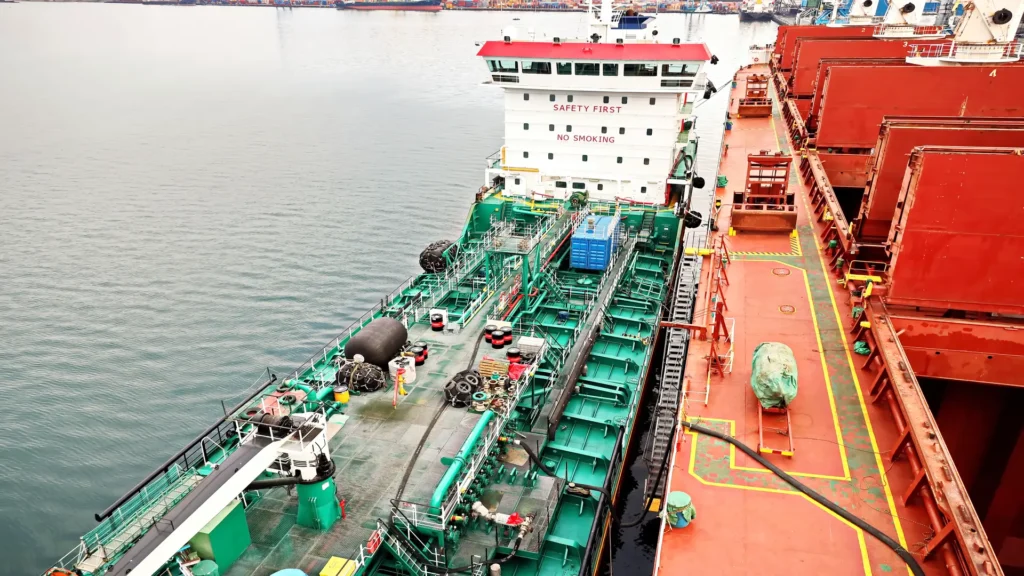
Bunkering demands operational control, traceability, and MARPOL Annex IV compliance to ensure safety and environmental sustainability.
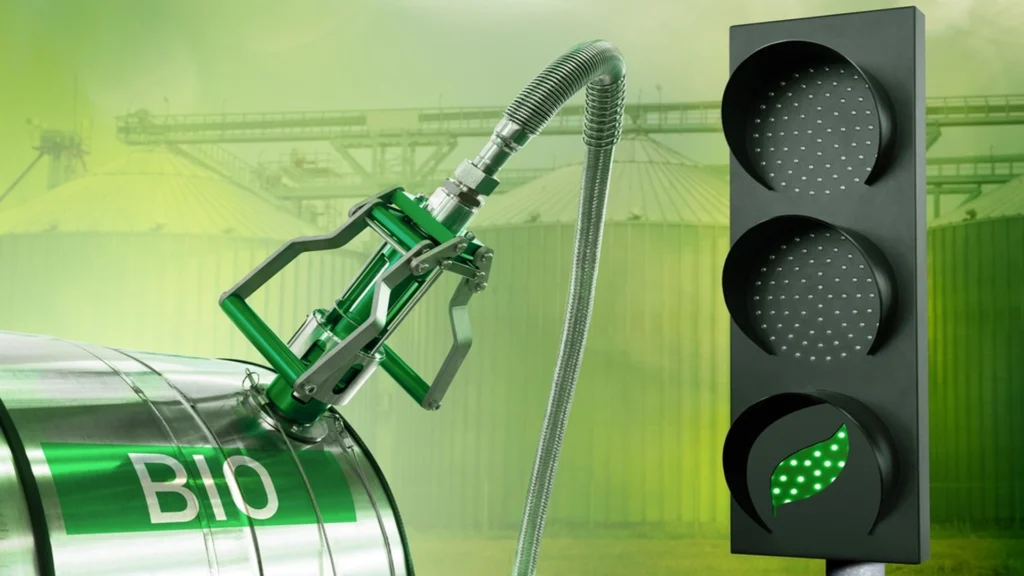
Synthetic fuel offers an immediate way to decarbonize transportation without changing existing engines or infrastructure.
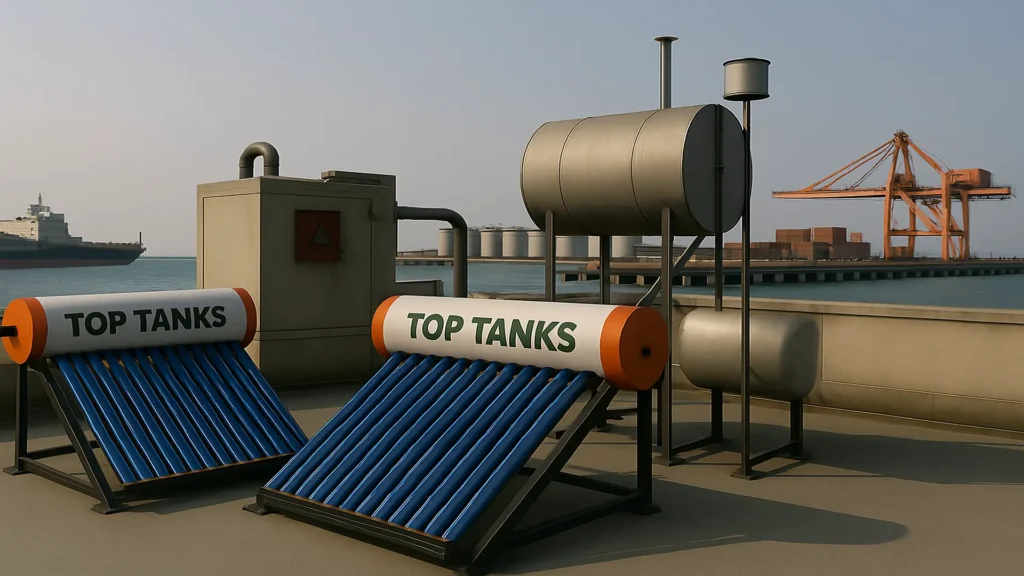
With solar thermal tanks, docks and port terminals can reduce their dependence on fossil fuels and contribute to a cleaner planet.